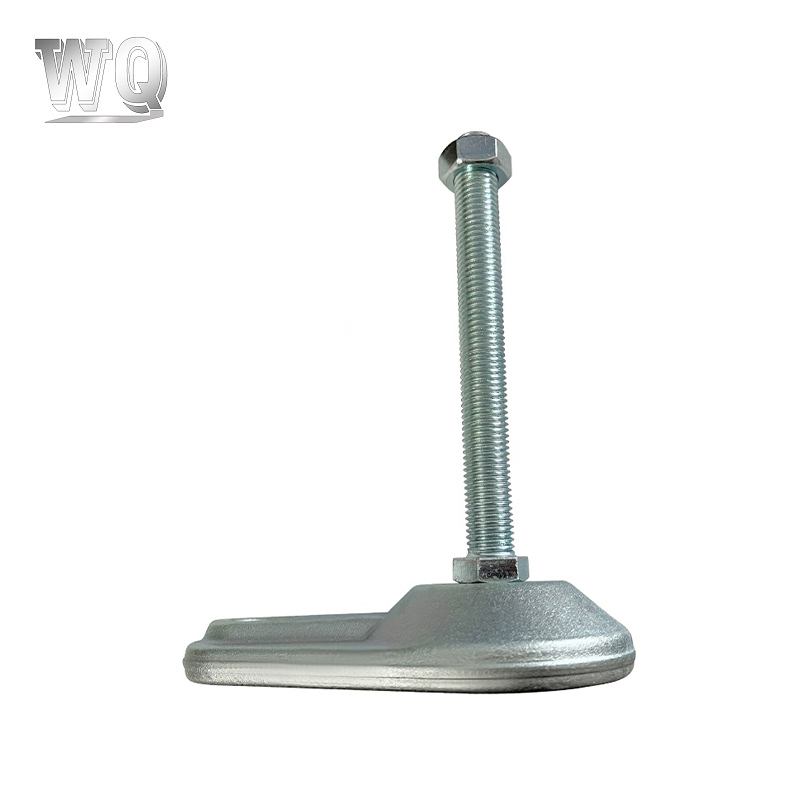The manufacturing of Copper Casting Parts involves various casting techniques, with the most suitable method selected based on specific needs and complexity.
Sand Casting
Process Description:
Pattern Making: A pattern is first created to form the shape of the casting, typically using wood, metal, or plastic.
Molding: The pattern is rammed into sand, forming the mold cavity. The mold can be divided into two halves for pattern removal.
Core Making: For complex internal shapes, cores are used to form internal cavities.
Mold Assembly: The two halves of the sand mold are joined, and pouring gates and risers are created in the mold cavity.
Melting and Pouring: The copper alloy is melted and poured into the mold cavity, where it cools and solidifies.
Shakeout and Cleaning: The mold is disassembled, the casting is removed, and the surface is cleaned, removing the sprues and risers.

Advantages:
Suitable for manufacturing castings of various sizes and complex shapes.
Relatively low cost, suitable for small to medium batch production.
Disadvantages:
Poor surface roughness and dimensional accuracy, may require subsequent machining.
Investment Casting (Lost Wax Casting)
Process Description:
Wax Pattern Making: A wax pattern of the casting is created, often using injection molding techniques.
Shell Making: The wax pattern is dipped into a ceramic slurry and coated with fine sand, repeated to form a hard ceramic shell.
Dewaxing: The ceramic shell is heated, melting and draining out the wax pattern, leaving a ceramic mold cavity.
Firing: The ceramic shell is heated to high temperatures, making it stronger.
Melting and Pouring: The copper alloy is melted and poured into the ceramic mold cavity, where it cools and solidifies.
Shell Removal and Cleaning: The ceramic shell is knocked off, the Copper Casting Parts is removed, and the surface is cleaned and finished.
Advantages:
High precision and complex shapes achievable, with a smooth surface finish.
Reduced need for machining, suitable for high precision applications.
Disadvantages:
Complex and costly manufacturing process, typically used for small batch production.
Centrifugal Casting
Process Description:
Mold Preparation: The mold is mounted on a centrifuge, which can be either metal or sand.
Melting and Pouring: Molten copper alloy is poured into the rotating mold. Due to centrifugal force, the metal is evenly distributed on the mold wall.
Cooling and Solidification: After rotation stops, the metal cools and solidifies, forming the casting.
Removal and Cleaning: The mold is disassembled, the casting is removed, and the surface is cleaned.
Advantages:
Suitable for manufacturing tubular and ring-shaped castings, with high internal density and few impurities.
Can produce large and high-quality castings.
Disadvantages:
Only suitable for axisymmetric castings, not for complex non-symmetric shapes.
Continuous Casting
Process Description:
Melting: The copper alloy is melted and continuously poured through a continuous casting machine.
Casting: The metal passes through a continuous mold, where it partially cools and solidifies, forming a preliminary shape.
Cooling and Cutting: The casting continues to cool and is cut into segments of the desired length.
Advantages:
High efficiency, suitable for large-scale production.
Uniform casting quality and good mechanical properties.
Disadvantages:
High investment in equipment, suitable for standardized, large batch production of castings.
Low Pressure Casting
Process Description:
Mold Preparation: The mold is mounted on a low-pressure casting machine, typically a metal mold.
Melting and Pouring: Molten copper alloy is injected into the mold under low pressure, gradually filling the mold cavity.
Cooling and Solidification: Gradual cooling and solidification in the mold, forming the casting.
Removal and Cleaning: The mold is disassembled, the casting is removed, and the surface is cleaned.
Advantages:
Suitable for manufacturing high-quality and complex-shaped castings, with few pores and inclusions.
Precise control and high material utilization rate.
Disadvantages:
Higher equipment cost, suitable for small to medium batch production.
These casting techniques have their own advantages and disadvantages. The selection of the appropriate casting method depends on the size, shape, quantity, and performance requirements of the casting. By combining advanced design and simulation techniques, the casting process can be further optimized to improve casting quality and production efficiency.









